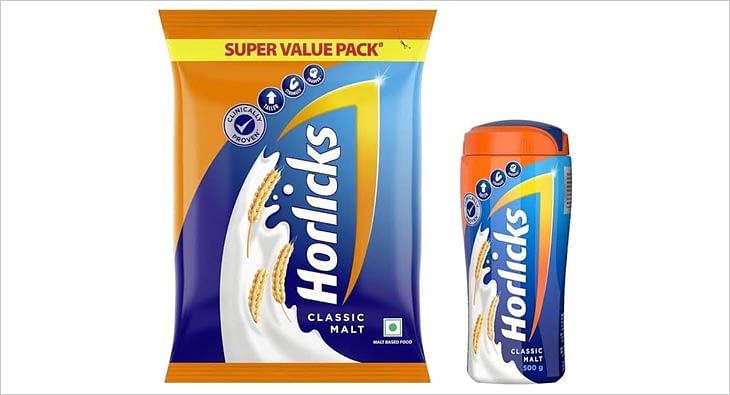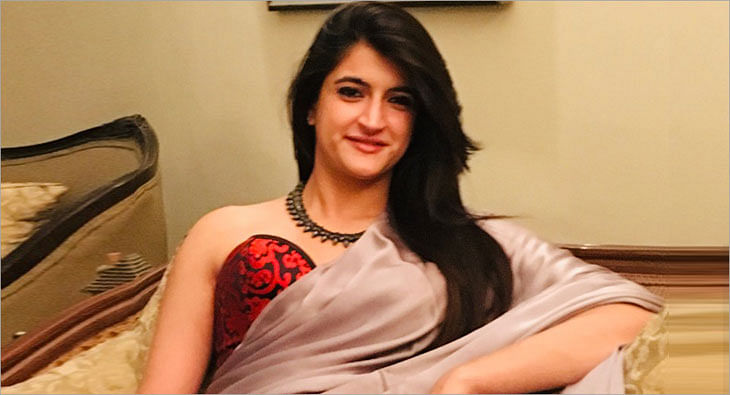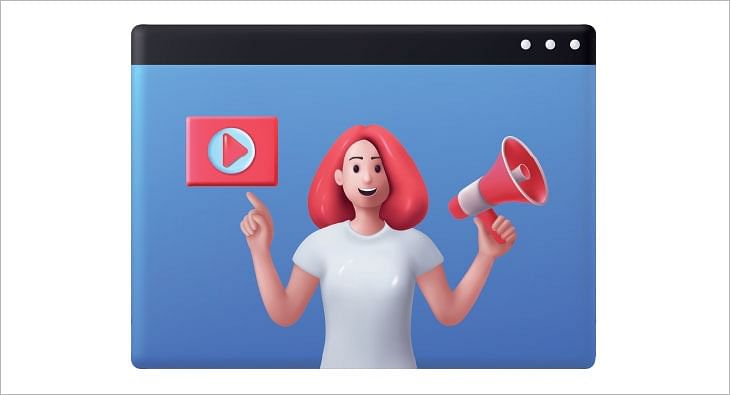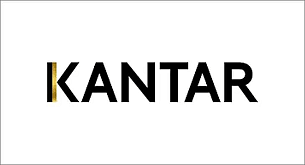IPL offers more engagement for BlackBerry than Elections: Amar Thomas
Amar Thomas, Country Marketing Manager, BlackBerry India, talks about BBM's association with Mumbai Indians and wooing BBM channel users with exclusive content and offers

In conversation with exchange4media, Amar Thomas, Country Marketing Manager, BlackBerry India talks about IPL as a property, BlackBerry Messenger as a brand and the association with Mumbai Indians during IPL.
Why did you choose IPL over elections in the marketing game?
Our concentration on IPL is around BBM channels which we got around February. BBM channels had evolved to that level that we thought to take it to the consumers and therefore the association. Like IPL cuts across genders, age, region the same goes for the internet messenger. Therefore there was a connection for BBM channels. We are not investing in news channels because the element of engagement for BBM is in IPL. It does not seamlessly fit with the elections.
But other messenger brands have invested in elections. Their TG is similar to yours. How does your strategy differ then?
We have tied up with Mumbai Indians online and on ground. We have only gone cross platform in November unlike others. I think we will do few things and do them well and then figure out whether we need change or not.
What kind of engagement strategies you have devised during the tournament?
First is to get people on to the BBM channels for which they win merchandise, tickets and autograph bats. We will communicate that through digital and mobile platforms, through malls and by the virtue of us being a social media platform. Mumbai Indians also has a huge following and we will extend the trend of followership. Another strategy will be to interact on the BBM channels where we also have content which is extremely exclusive. The content is generally post and pre-game. These are the points we will be focussing on.
What kind of content will be exclusive in your case as streaming and broadcasting rights are already sold?
When I say exclusive in case of an internet messenger, it implies conversations among people. Conversations between people such as who will win the match, what is likely to happen,etc.We are targeting conversations and making interactions more fun. One of the chances we will be giving to our MI fans would be watching the team practice before the match.
So are you targeting loyal MI fan only?
If one looks at the team; MI is not only confined to Mumbai, they are the most followed team across IPL. They have been winners last year. There is a large following for them in Middle East as well. The traction of the team is huge. I don't think we will be able to get that with any other team. Strategically, we decided Mumbai by their virtue of cutting across regions.
Why go for IPL, a mass branding platform when you recently prioritised enterprise solution as your prime focus for India? Are you trying to make your presence felt among other IM brands advertising in IPL?
BlackBerry does four things. It sells devices, gives most secure communication gateway, it provides BBM service and it makes QNX. For IPL we have chosen only BBM. BBM is not only for enterprises, or consumers. It can be used by anybody who has a smartphone. We believe that part of business cuts across. For enterprise solutions we have separate communications and offerings. We are not trying to pitch ourselves against other messenger brands. We have our own unique offering and strength. The quality of time spent on BBM is more than any other IM.
How are you engaging users by associating with Mumbai Indians?
Some of the entitlements are about BBM as a channel which talks about what Mumbai Indiansare up to, before and after the match, how the players communicate with their families, etc. There are other engagement strategies for example to see what Jonty Rhodes does to make RohitSharma field well. The other chance for users is to win match tickets. Through BBM we will give people an exclusive window to book tickets in advance and book at preferential rates. Another deliverable was the personalisation of the jersey. One can get his own MI jersey with BBM QR code. One can also get autographed bats. We are only launching one leg of promotions right now through malls, SMS, radio, digital, phone marketing,etc. to communicate our promotions. We are trying to go beyond buying ad spots and therefore engaging people through activities by also involving players and management of the team.
Are you buying ad spots on Set Max during IPL broadcast?
No. We are not buying ad spots.
What will your objective of associating with IPL?
Our primary objective would be awareness of our channels and what can it deliver. We have a big story to tell to our consumers. That’s our focus with this tie-up. We want brands also to know that there are consumers who can be a part of their brand pages.
Read more news about Marketing News, Advertising News, PR and Corporate Communication News, Digital News, People Movement News
For more updates, be socially connected with us onInstagram, LinkedIn, Twitter, Facebook Youtube, Whatsapp & Google News
About 60% Instagram influencers in India have fake followers: Report
As per a media report, influencer marketing platform KlugKlug has found that only 2.48 million profiles out of the 8 million have ‘high-quality’ followers
Two of three Instagram influencers in India have more than 60 per cent fake followers, a report by influencer marketing platform KlugKlug shows.
This is particularly true for the beauty and fashion sector, the report noted.
Other countries that have influencers with fake followers are Brazil, the UAE and Indonesia.
As per media reports, such Instagram fake followers can be roped in for as little as Rs 10 to a high of Rs 1,000.
According to Klug Klug India, only 2.48 million profiles out of the 8 million have high-quality followers.
A number of other categories have also been buying fake followers, media reports have noted.
As per a media expert, quoted in the reports, brands are finding it difficult to identify and curb the menace of fake followers and bots.
In a recent setback for influencers the Central Consumer Protection Authority (CCPA) has said those promoting activities like gambling and betting are equally liable as the companies promoting the same.
15% consumers enhance their user experience through virtual assistants: Kantar report
According to Soumya Mohanty, Managing Director & Chief Client Officer- South Asia, Insights Division, Kantar, less than 1% of ads get tested due to lack of time
Marketing data and analytics firm Kantar has unveiled a report that studies the burgeoning AI market to dish out actionable insights for marketers. Within AI, virtual assistants are the fastest growing segment. The report noted that 15% consumers enhanced their ‘user experience through virtual assistants’. This segment is the fastest growing at 27% YoY.
According to the study, while ‘fitness’ and ‘social media’ apps are amongst the leading categories, driving AI adoption (with an average of 2.3 AI led features embedded in these applications), segments like ‘BFSI’, ‘job search’ and ‘short video’ apps are relatively slow in AI adoption, with an average of 1.2 features each. Entertainment apps, digital commerce and pharmacy apps stand somewhere in the middle with 2.0 & 1.8 AI features being adopted, respectively.
Additionally, the report said that while 90% of marketing and sales leaders think their organisations should be using AI “often”, 60% said their organisations “rarely or never” do. Speaking to exchange4media, Soumya Mohanty, Managing Director & Chief Client Officer- South Asia, Insights Division, Kantar highlighted that currently there are a lot of organisations who know that there is something called AI, but haven’t yet figured out how it could help them holistically.
“A lot of the AI just gets used for efficiency purposes, so repetitive tasks get automated,” Mohanty pointed out. Data also plays a big role in why certain organisations are struggling with how to use AI.
For instance, Mohanty explained that in segments like D2C, telecom etc. there is a lot of primary or first-party data. So being able to leverage AI also gets easier. “It's the traditional large sort of FMCG type companies where data sits in silos. You don't really have one single source of data where it's a little difficult to use the full power of AI, because the full power of AI also needs a lot of data sitting in a structure that you can use,” she added.
So, can AI help marketers have a unified view of data? No, says Mohanty. “AI does not help marketers get a unified view of data. Once you have data in a unified way, AI can help you do a lot more with that data.”
According to her, organisations today need to have good, strong data warehousing. “It needs to make sense because a lot of the silos are also because everybody owns one part of it. A lot of people have their own analytics teams internally, so there are a lot of agendas and stakeholders. And then we say data is in silos because fundamentally, when you're doing something internally, different people have different stakes in it,” Mohanty added.
Puneet Avasthi, Senior Executive Director, South Asia, Insights Division, Kantar shared that most organisations are now heavily investing in creating first-party data sets. “Companies that have first party data about their consumers and transactions or interactions that they have with the brand are going to be able to leverage that more effectively to create sharper profiles for the brand as such for the consumer and build relevant recommendations at the right moments.
Panning out she also highlighted how AI can be leveraged to enhance market research and make it more accessible, a part of which Kantar is itself involved in. “A lot of times people say that we can't test an ad because we don't have time. So less than 1% of advertising gets tested and just gets put out. Does it work when it gets put out? It is the question the audience should answer, because so many times, it backfires,” Mohanty shared. Apparently, digital particularly doesn't get tested because organisations just do a/b testing and leave it at that.
Speaking of preferred use cases of AI, Avasthi added that various businesses and brands are looking at creating an experience for the brand that is in line with the brand's architecture and progress across all touch points. “That is something that the AI engines that are working behind can ensure, that all such interactions are consistently delivered across different virtual assistants or chatbots that are available to the consumer,” he said.
The other use case, according to Avasthi, is ensuring that there is greater visibility for the brand in the digital sphere as such, through various recommendation engines, when a certain need is being looked for and to throw up the right kind of information about the brand so that the brand message is amplified in the mind of the consumers.
Among other insights from the Kantar AI report is that 88% consumers used AI based algorithms which analysed their preferences, behaviours, and interests to create personalised recommendations for tailored experiences. This segment grew at 6 % YoY. At 21%, ‘smart home automation’ is a smaller segment but growing at 25% YoY.












 Share
Share
